What’s not to love about freestanding baths? Generously sized, insanely comfortable and aesthetically gorgeous, freestanding baths are self-contained bathing havens. In short, they have cornered the market in providing a stunning focal point for your bathroom. And they bring an exquisite touch of luxury to your bathing rituals.
Read on to learn more about these sumptuous additions to bathroom design and find inspiration for your home or photo shoot.
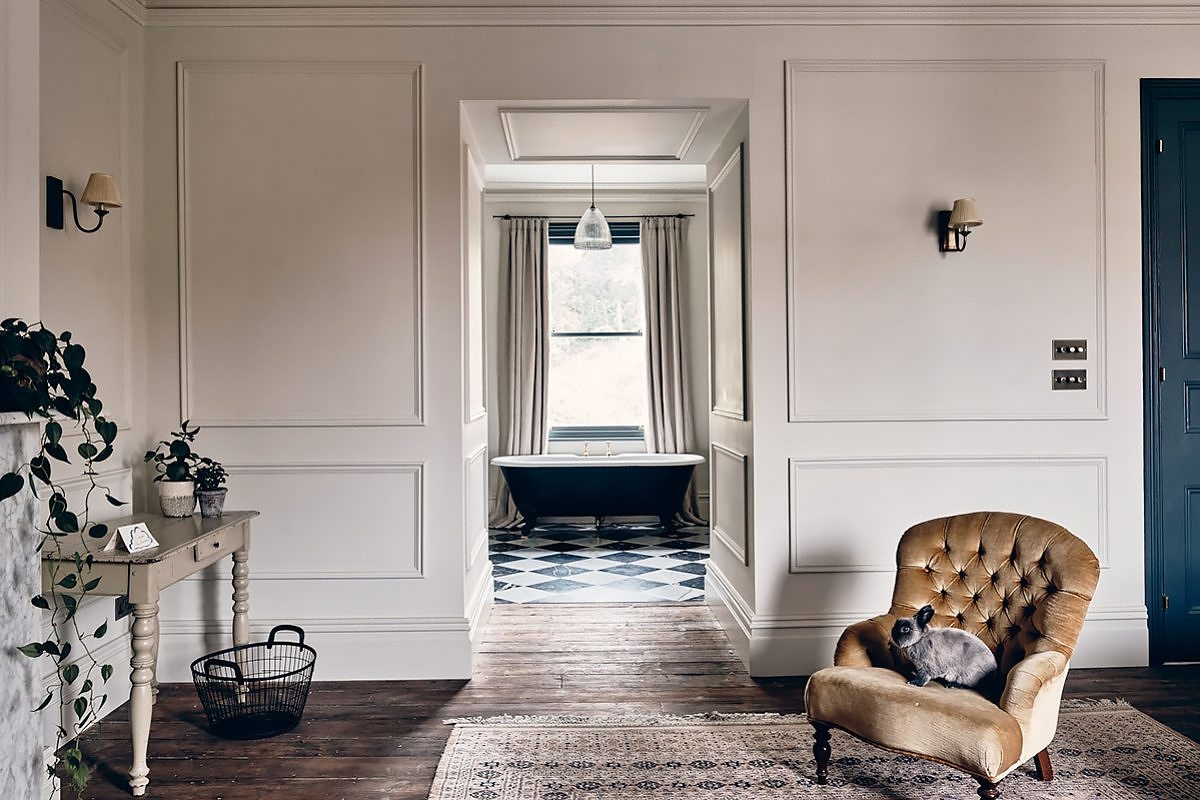
In the late 19th century, the freestanding bath represented wealth. Because they were made from porcelain lined cast iron or copper, they were an incredibly luxurious item that only the richest of folk would be lucky enough to own.
However, technical advances in the 21st century have allowed more affordable and practical options to develop. And as a result, an increasing number of designs are now available to suit a wide range of budgets and styles. Whilst still a luxury item, they now appeal to a growing number of homeowners keen to enjoy a daily dose of bathing extravagance. And as a bonus, a freestanding bath is an investment for your property, adding additional appeal when the time comes to sell your home.
Today you will find the majority of freestanding baths fall into one of three categories:
Roll-top baths are the grandfather of freestanding baths. Popular in the mid 18th century among the aristocracy of Europe, they crossed the channel into the home of Britain’s wealthy around the 1800s. However, they didn’t go into mass production until much later in the 19th century.
The roll-top bath has edges that curve at the ends to form a beautifully rolled lip and provide a more comfortable bathing experience as you soak away the day’s worries. Roll-top baths exude opulence and luxury and are famous for their traditional appearance. Historically part of bygone eras, they add that touch of vintage decadence to any home, especially with many still sporting the classic and stereotypical claw feet.
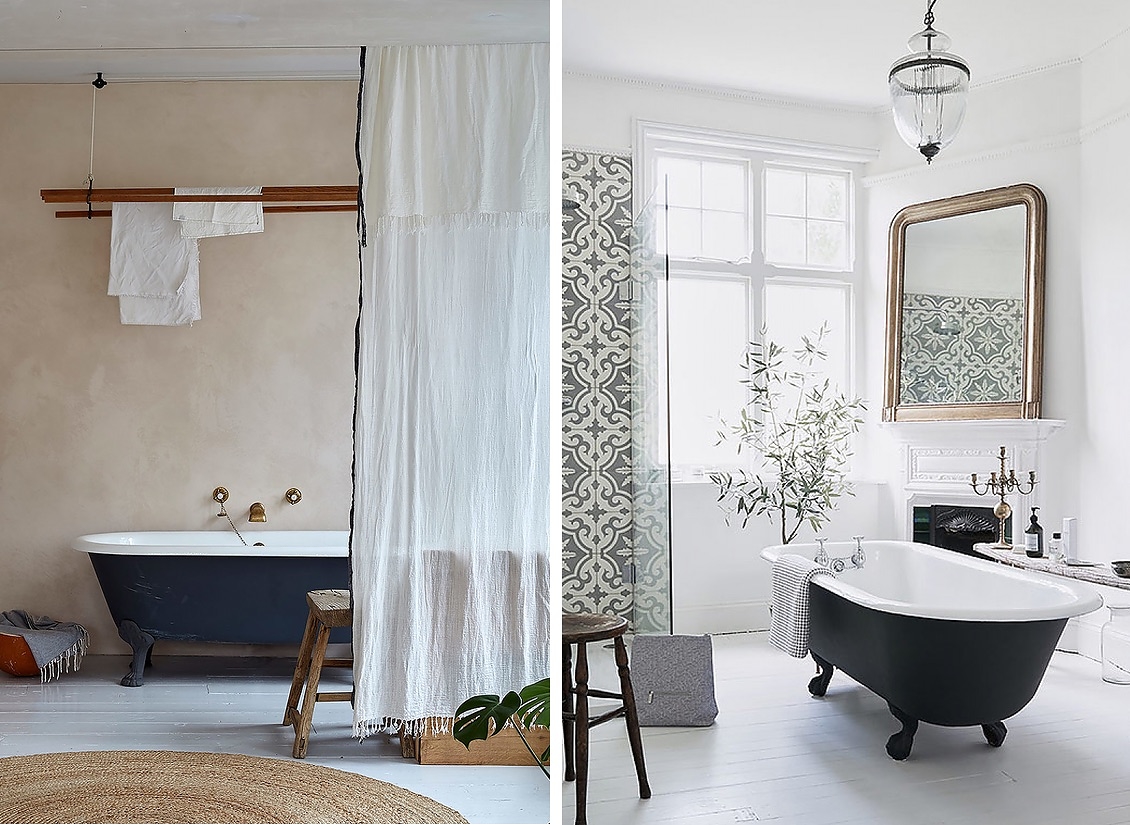
A number of our Light Locations offer roll-top baths. Our favourites include:
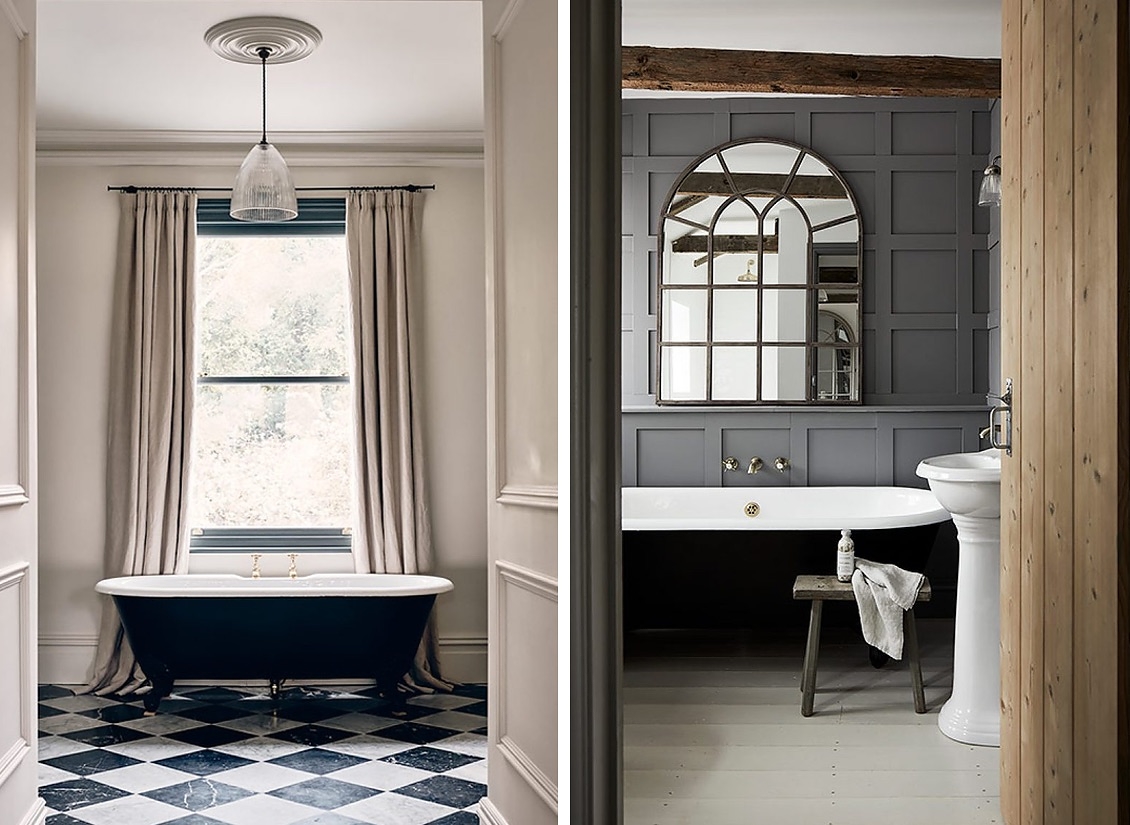
The iconic slipper bath is named after a slipper shape. It features a slight dip in the middle and a deeper end with a higher back to provide extra support. Taps are typically located at the shallow end to ensure you wallow at the deep end, enjoying pure unadulterated bathing bliss.
These freestanding baths originate from the Victorian era, and many of today’s designs emulate the original models, an example of which we can see in the attic bathroom at Brockenhurst House. There is, however, an increasing range of contemporary designs now available.
Double-ended baths were originally designed to accommodate two bathers. As a result, they’re often generously sized, with a centrally placed tap and both ends identically sloped to provide dual bather comfort. But if you have a more moderately sized bathroom or aren’t planning to share your bath time with a partner of choice, smaller designs are also available.
With their intrinsic symmetry, many contemporary freestanding baths fall into the double-ended category. And there is a wealth of materials to choose from, including porcelain, acrylic, metal and even wood.
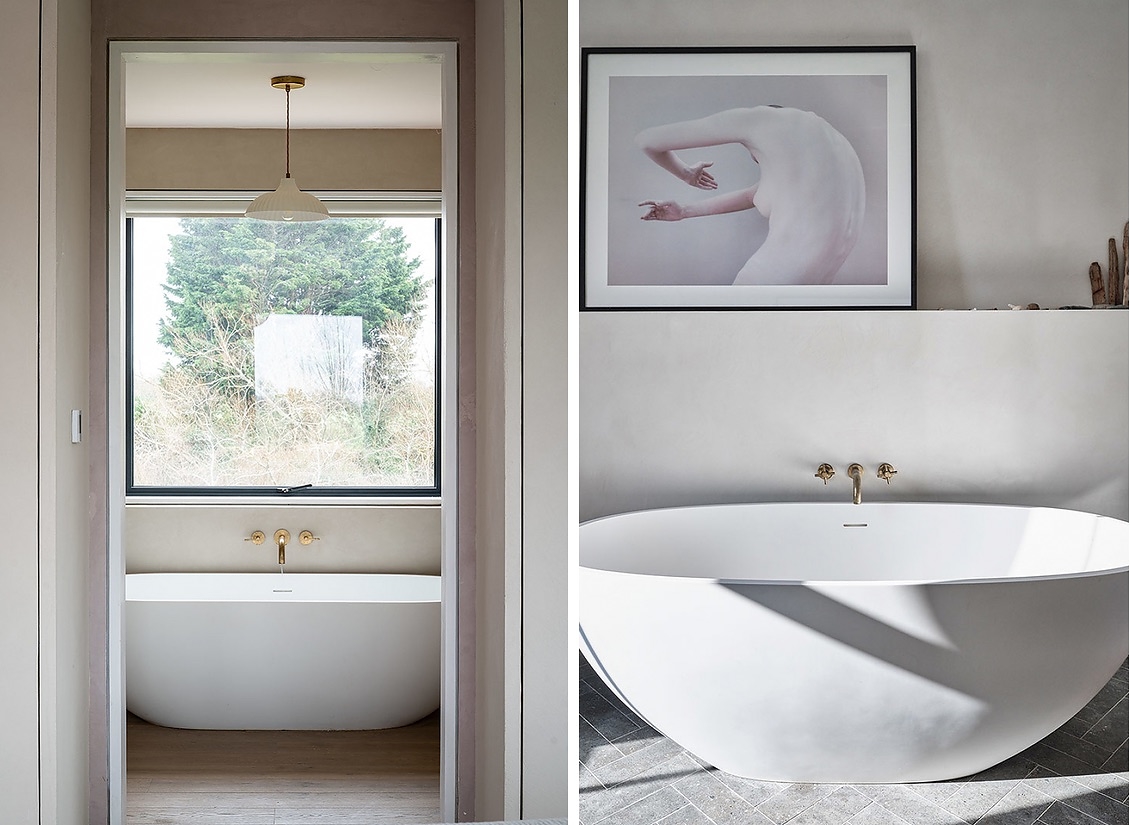
A number of our Light Locations offer roll-top baths. Our favourites include:
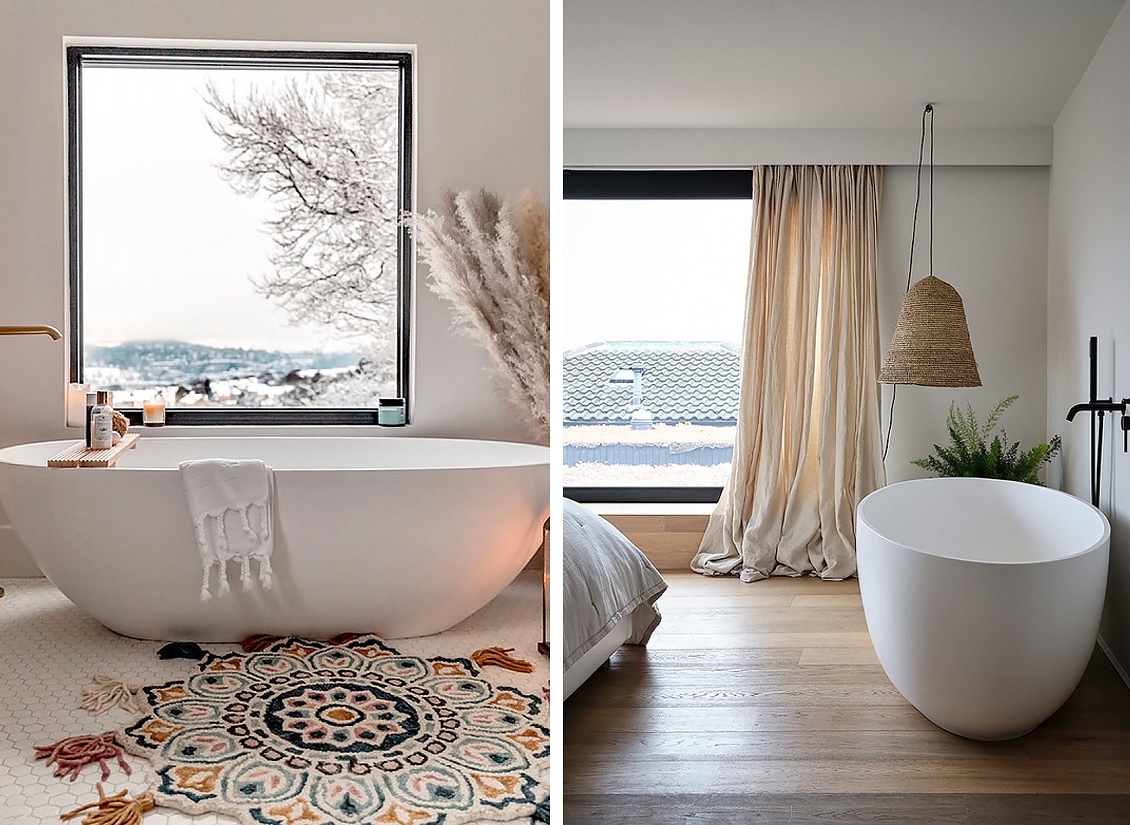
If you’ve fallen in love with freestanding baths, and these bathing beauties have whet your appetite, find more inspiration across our Light Locations, or our pick from the internet.